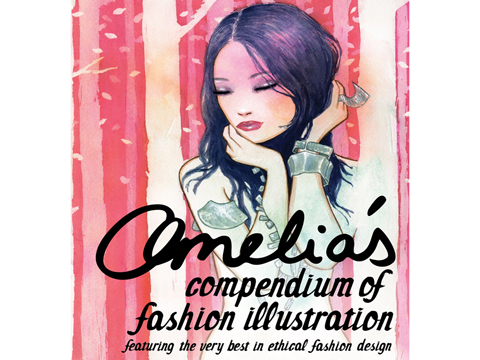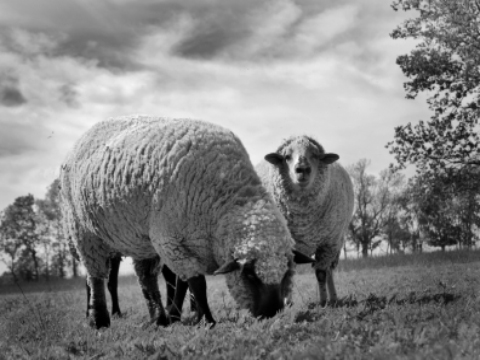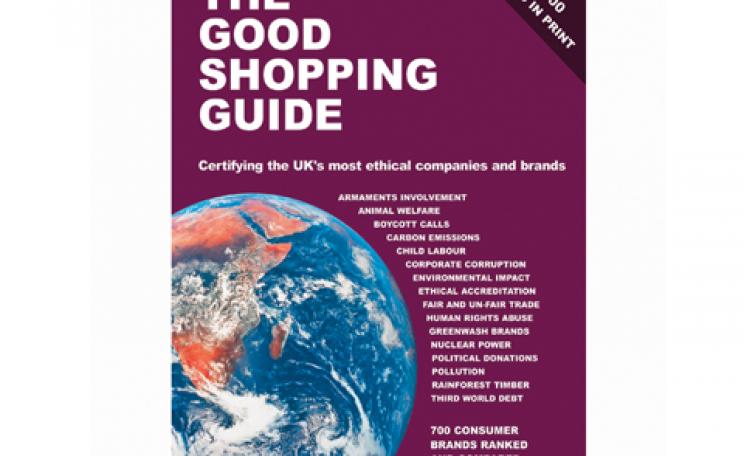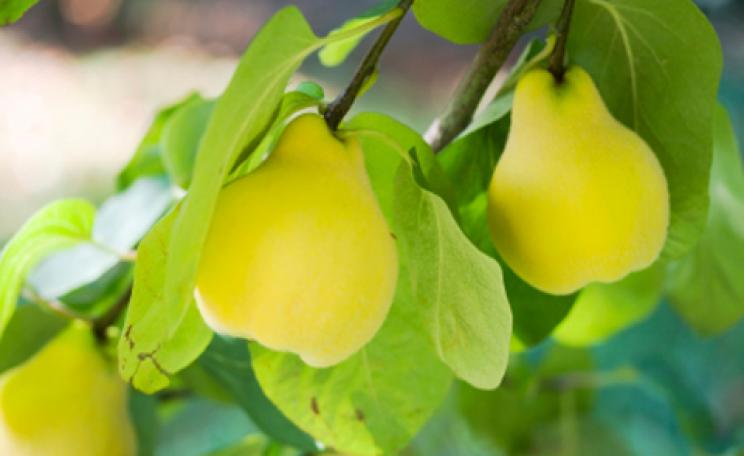Along with skinny models, fur and factory conditions, the question of whether the fashion industry can ever really be that eco-friendly is one that has been rumbling along for decades. From the impact of cotton production to the continued use of chemical dyes, the key issues are well documented. But, as Sandy Black points out in Eco Chic, the industry as a whole is making an effort. So could it be that one of the green movement’s favourite targets is a legitimate one no longer?
The answer, as with many other issues, is sort of. Problems with dodgy working conditions and the use of pesticides in cotton production persist, but with the rise of ethical labels such as Ciel, People Tree and Jackpot, there are more eco-friendly alternatives than ever. High end labels too, are greener than they sometimes appear thanks to their reliance on natural materials such as silk. The real problem, as ever, is the high street. To some extent, their stance is understandable. After all, who buys Primark’s £1 t-shirts? That would be us. But even Primark is making an effort by including organic and Fairtrade cotton in their ranges. That might not sound like much, but if you consider the amount of cotton used in clothing each year, a switch to organic that's as small as 10 percent has the potential to make a big impact.
Interestingly, Black’s assessment of organic cotton isn’t wholly uncritical, citing, as she does, the vast quantities of water that even the biodynamically grown version requires. Her assessment of the fibres available to fashion is fascinating, and provides an accurate, considered look at fabric that weighs up the pros and cons and leaves nothing out. Even hemp comes in for gentle criticism thanks to the lumpen, sacking type cloth it usually produces. Happily, says Black, hemp fibres are becoming increasingly sophisticated and work well when blended with cotton, silk and other naturals, meaning that the day when hemp becomes a real fashion industry staple might not be too far off. But that’s for the future, and in the here and now, argues Black, we need to dream up some new ways to make fashion more sustainable. So what's in the pipeline? Black has few ideas, including producing clothes with real longevity and continuing to work on creating textiles that are affordable as well as green.
Packed with gorgeous, glossy images, Black’s opus is a must for anyone interested in finding out whether the fashion industry really is making the efforts it claims to be. Based on Black’s work, the answer has to be a qualified yes, although it’s clear that there’s still a long way to go. But with the likes of Gossypium, Marks and Spencer, and of course, Black herself, leading the charge, it looks like the greening of the fashion industry isn’t an unrealistic prospect. As Jennifer Craik argued in her seminal work, The Face of Fashion: ‘Like it or not, fashion exerts a powerful hold over people – even those who eschew it.’ Persuading people not to follow trends and not to buy more clothes isn’t likely to happen any time soon but the efforts the fashion industry is making in terms of sourcing, production and recycling could yet pay dividends for the planet.
Eco Chic: The Fashion Paradox, £24.95, is available from Black Dog Publishing and Amazon
| READ MORE... | |
 |
REVIEW Amelia’s Compendium of Fashion Illustration Wonderful illustrations featuring the work of some of the world’s best and brightest eco-fashion talent show exactly why we need to start taking green fashion designers seriously, says Ruth Styles |
 |
GREEN LIVING Eco-fashion: how green became the new black With London Fashion Week just around the corner, Lida Hujic, author of The First to Know, charts eco-fashion’s journey from naff to hip to even-sold-at Tesco |
 |
GREEN LIVING Ada Zanditon: London Fashion Week's greenest rising star One of London Fashion Week’s hottest new talents, eco-designer Ada Zanditon is one to watch, says Ruth Styles |
 |
GREEN LIVING Back of the net! Football fashion goes green From shirts made from recycled plastic to Fairtrade balls, supporting your team sustainably is easier than ever |
 |
GREEN LIVING Dyed in the wool: why fleece is staging a comeback It’s recyclable, reusable and produced in Britain, so jettison thoughts of itchiness and give wool a try |








